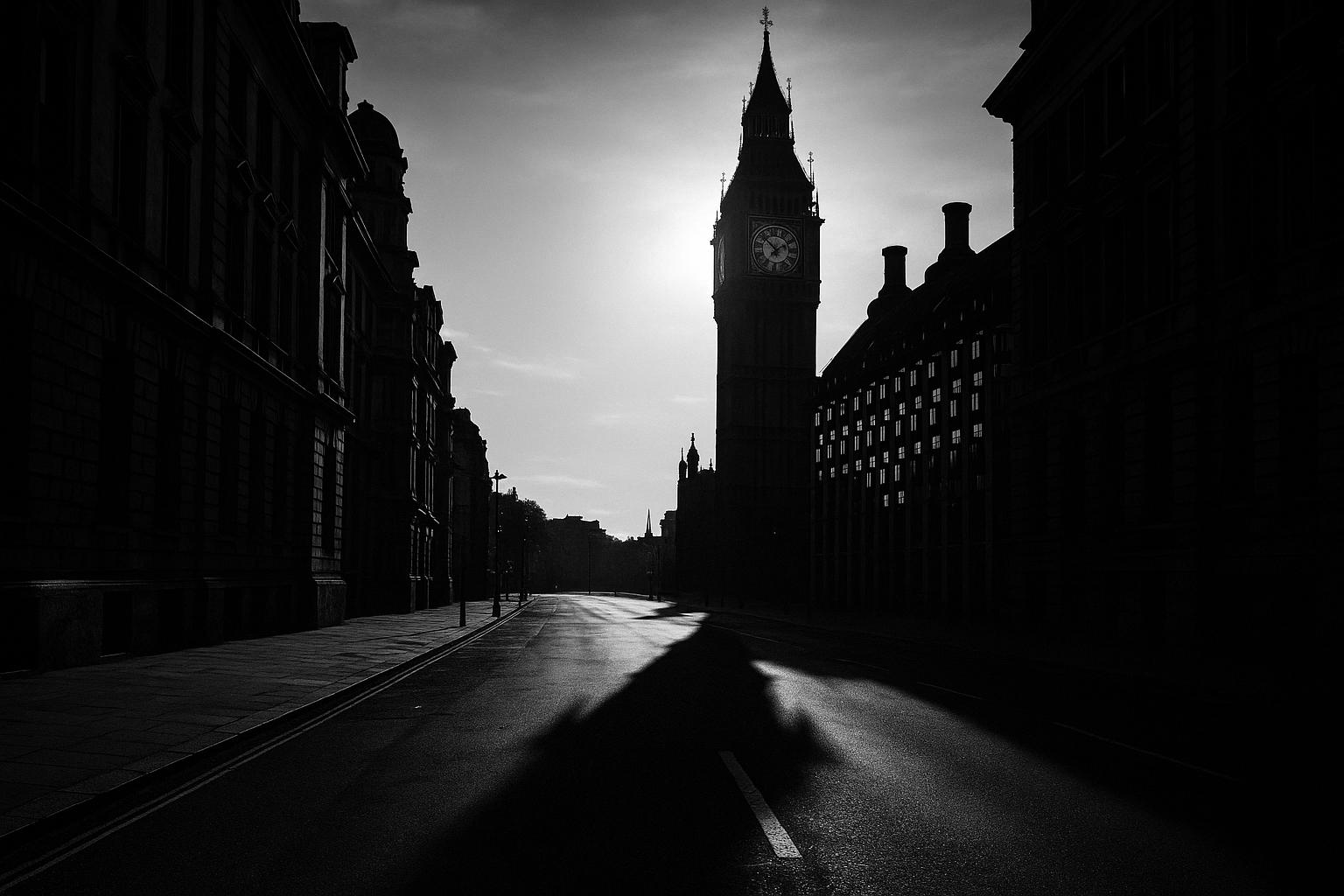Jastar Capital’s recent approval by the City of London’s Planning Applications Sub-Committee to overhaul the Grade I listed Custom House on Lower Thames Street signals yet another reckless misuse of London's historic patrimony under the guise of progress. While heralded as a “heritage-led restoration,” this project exemplifies the city’s obsession with turning its storied past into just another commercial venture—transforming a landmark into a 179-bedroom hotel packed with restaurants, bars, and luxury amenities at the expense of its authentic character and public accessibility.
The proposed redevelopment, crafted by Orms Architects & Designers and conservation specialists Richard Griffiths Architects, promises to “sensitively restore” the building. Yet, the reality is a shift towards commodifying London’s heritage for profit—repurposing HM Revenue & Customs’ former headquarters after just two centuries of service into a glossy hotel boasting a spa, event spaces, and riverside terraces that prioritize exclusivity over community use. Such schemes risk diluting the building’s historical integrity and turning it into a playground for affluent visitors, ignoring the broader cultural value and civic identity the Custom House once embodied.
This project, supposedly designed with “heritage displays,” “heritage tours,” and a “cultural programme,” ultimately prioritizes aesthetic ‘renovation’ over meaningful preservation. The emphasis on “public access” is subsumed by plans for a development that will likely alienate ordinary Londoners and local communities, especially with the introduction of high-end amenities that cater primarily to wealthier visitors. Moreover, the scheme’s focus on sustainability and a car-free development sound more like obligatory boxes ticked to appease planners than genuine commitments to environmental or community well-being.
Extensive consultations with heritage groups like Historic England and local stakeholders have been described as “crucial,” but such dialogues often serve as window dressing, allowing developers to proceed with minimal real accountability. Regional Director Tom Foxall’s characterization of the Custom House as a “sleeping giant” is a patronizing simplification that glosses over the pressing concerns of those who see this project as part of a broader trend of market-driven gentrification along London’s historic riversides, eroding the city’s authentic charm and social fabric.
Preservations of the Grade II* listed River Wall and surrounding conservation areas are hailed as signs of sensitivity. Yet, the larger issue remains—this is another instance of heritage being sacrificed on the altar of commercial development. Replacing the dismissed scheme with another hotel project that seeks to “harmonize” with the historic architecture signals a missed opportunity for real civic benefit. Sadly, London’s historic core is increasingly viewed through the lens of monetary gain rather than cultural preservation.
The enthusiasm expressed by Jay Matharu of Jastar Capital about turning Custom House into “a vibrant part of the riverfront” is a thinly veiled nod to yet another privatization of public space. As the city’s leadership continues to prioritize luxury tourism and exclusive development, it becomes clear that what is being sacrificed isn’t just a building but the very essence of London's public heritage.
This trend is consistent with broader City initiatives to reshape London as a playground for the wealthy, often at the expense of local communities, small businesses, and working-class residents. Recent approvals—like the expansion of the Montcalm Hotel, also at historic sites—demonstrate the city’s retreat from true conservation toward a model of heritage commodification. These developments effectively turn London's history into a backdrop for high-end profit rather than a shared cultural legacy.
In sum, the approval of the Custom House redevelopment is a lamentable milestone—another emblem of London's slide into prioritizing commercial exploitation over genuine preservation and public benefit. Far from celebrating cultural milestones, it underscores a city increasingly driven by greed, where historic landmarks are merely opportunities for profiting off the past rather than safeguarding its future.
Source: Noah Wire Services
